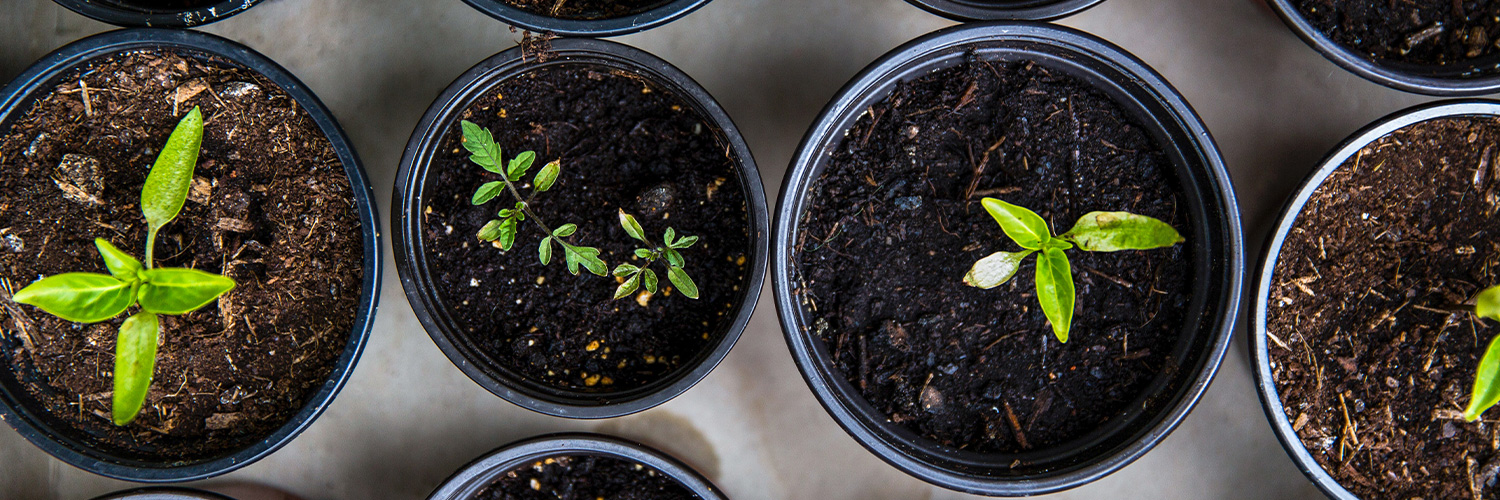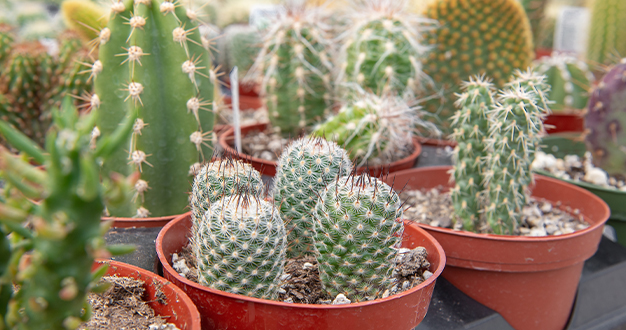
Yes, it may seem like winter never wants to end, but gardeners know that spring always comes eventually. They also know the key to a productive and successful vegetable garden is in the planning – and planning is a perfect way to spend a snowy day when you’re stuck inside. Here, we highlight a few favorite tasks from our team’s own late-winter garden to-do lists.

Start a Garden Journal
A personal garden journal is one of the best resources you can use to organize your thoughts and make plans for the growing season. Afterall, who knows your experiences, preferences, site characteristics, and climate better than you?
A garden journal can take many forms. It might be a simple notebook to jot down impressions of vegetables you’ve grown, make lists of new ones to try, sketch out projects, or remind yourself of insects to look out for. Your journal could be a large binder where you file seed packets and inspiring magazine pages. Or maybe your journal is entirely digital – a photo record showing how your garden grew at different points throughout the previous season. Whatever form it takes, your journal is an invaluable way to recall important details from the previous year as you make plans for the next one. If you don’t have one yet, winter is a great time to start.
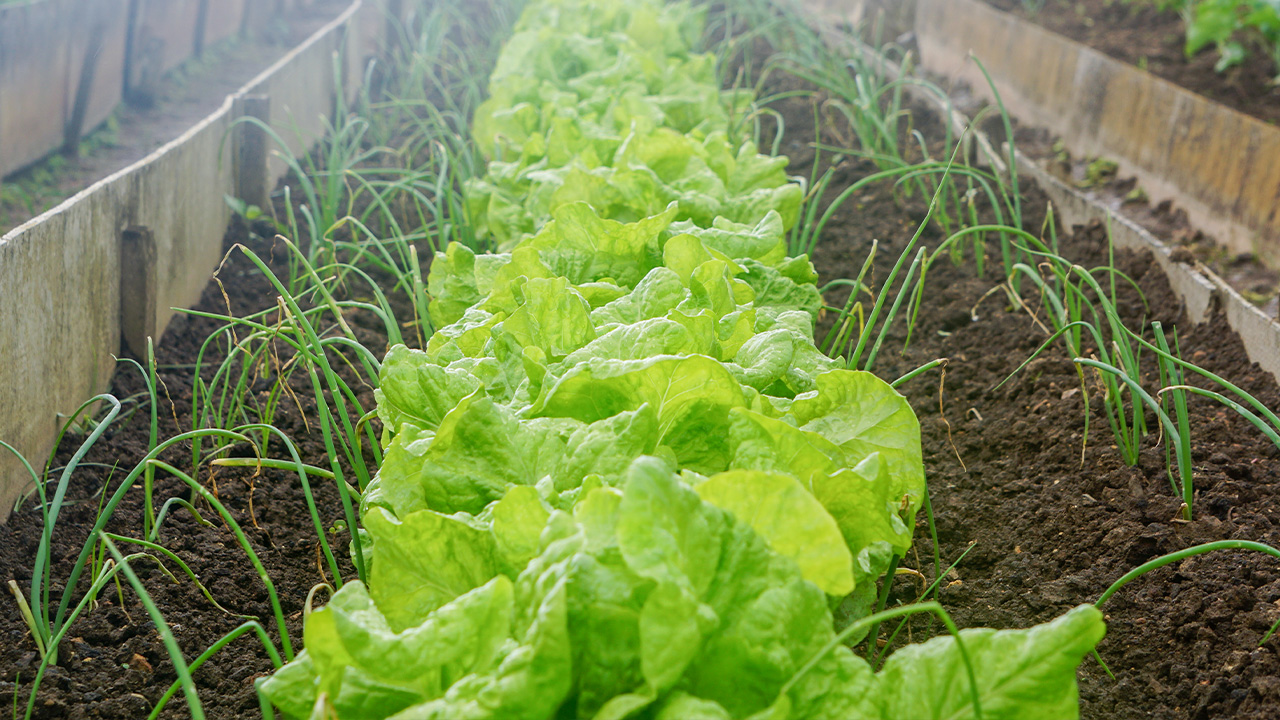
Plan for Your Space
Growing fresh vegetables is so rewarding, and all vegetables need lots of sunshine and good soil to thrive. But with the urban lives many of us lead, space is often limited. Careful planning in the winter can ensure a delicious and bountiful harvest no matter how much space or experience you have. The key is to plan for the gardening method and the vegetables that work best in each situation.
A patio container is great for those with very little space for a garden. Many edible favorites, including salad greens, herbs, and compact tomato and pepper cultivars, grow well in large pots or hanging baskets – within easy reach of your back door. Out in the yard, a raised bed allows gardeners to space plants closer together and plan for intensive gardening practices like trellising, interplanting, and succession planting to get the most production out of each square foot of broccoli, beans, cucumbers, and other favorites. And if you do have a huge space to plant an in-ground garden, your plans may include space-hungry varieties like corn, melons, and indeterminate, vining tomatoes.
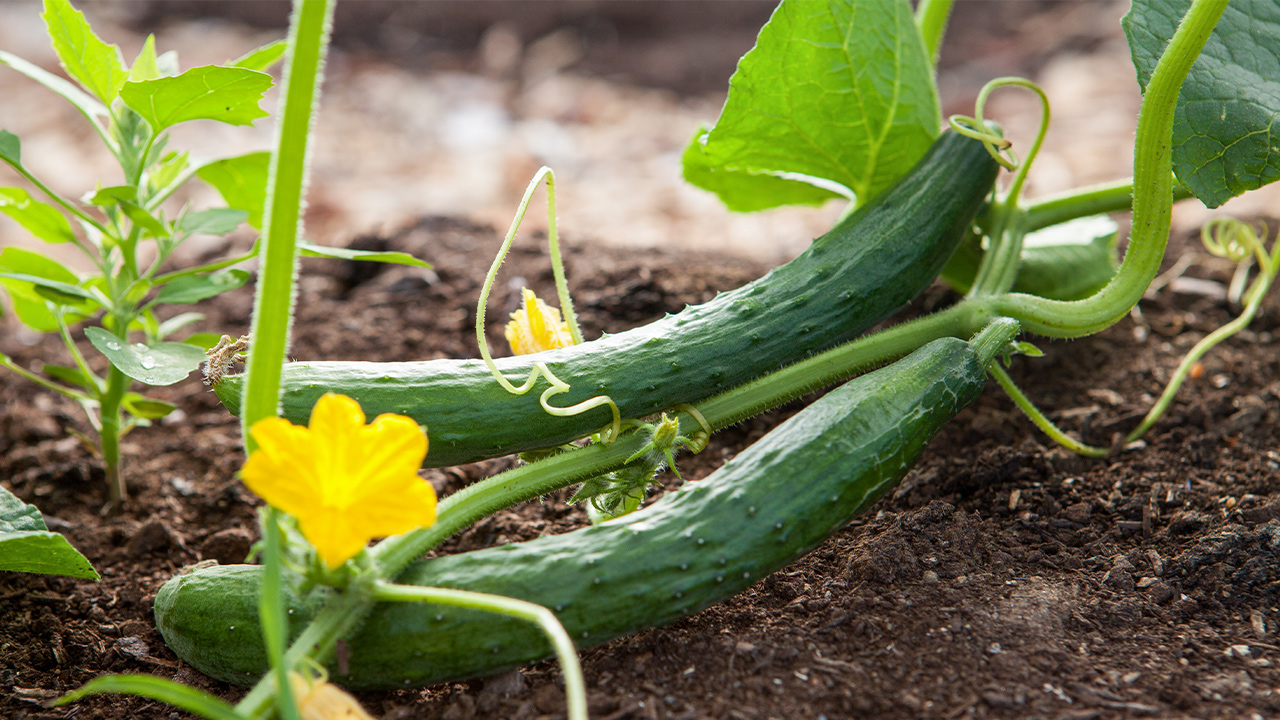
Start a List of What You Like
It’s fun to plant all kinds of vegetables in the spring – one of the greatest rewards of gardening is the ability to try new and sometimes unusual things. But you may find yourself devoting valuable space and time to varieties that you end up not using like you anticipated. Before you plant, ask yourself a few questions. What does the family like to eat? Can you share or trade extras with the neighbors? Do you plan to can pickles or freeze sweet corn at harvest time?
Each type of vegetable produces a different amount of food, and with these questions in mind, you can decide how many plants you’ll need and how much space they’ll need to grow. Careful planning prevents having to give away mountains of zucchini you don’t need or holding a handful of cucumbers that won’t fill a pickle jar.
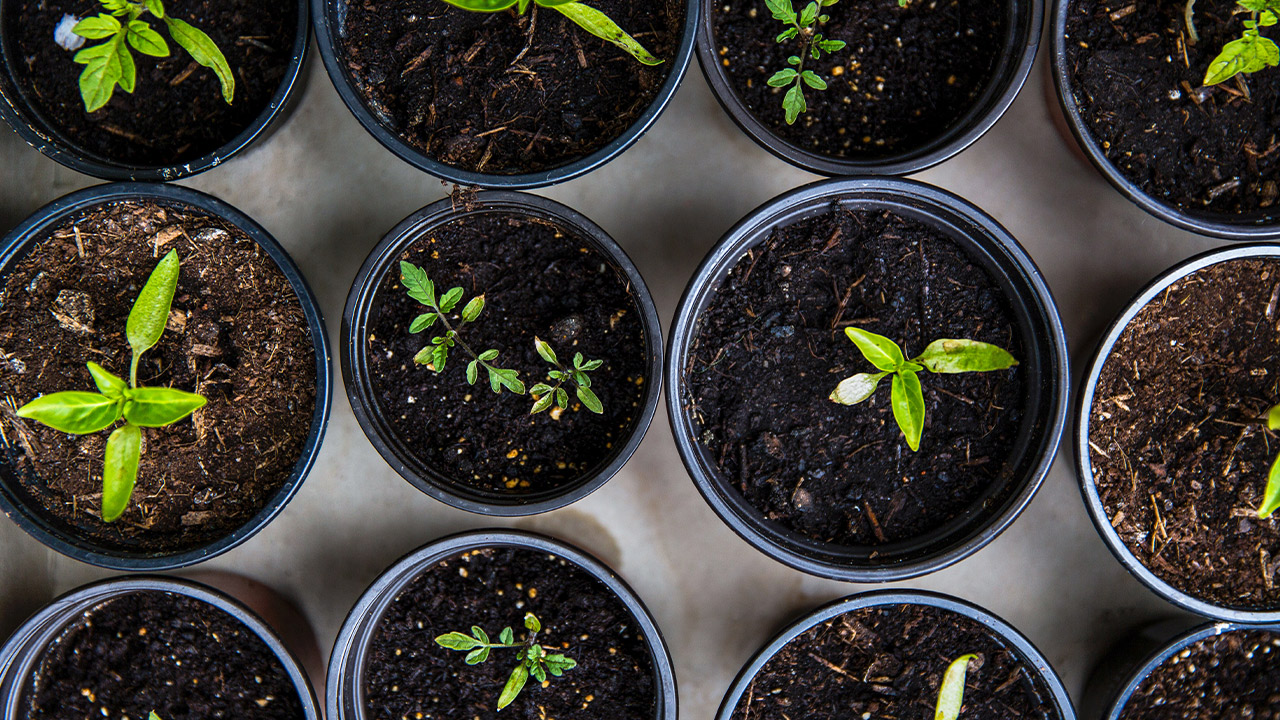
Turn Cabin Fever into Action
Planning a vegetable garden isn’t just an exciting mental pursuit though. There are also physical tasks you can do now to get you out of your chair and even outside a little too.
Get your tools and supplies ready. Nothing is more frustrating than being full of spring spirit only to find your supplies aren’t as prepared as you are. Now is a great time to clean and sharpen hand tools for easy digging and healthy trimming. Take an inventory of supplies like seeds, soil amendments, fertilizers, potting soil, and empty containers to see what needs to be replenished, replaced, or repaired before planting time. And winter is a perfect time to build any trellises or raised beds you might need too.
Start your indoor seeds. Not everything you plant has to wait until spring to start growing. In fact, certain varieties, like brussels sprouts, celery, and tomatoes take a longer time to grow to maturity, so starting them indoors gets a jump-start on your harvest. To learn more, take a look at our recent post about indoor seed-starting.
Prepare your soil. It’s never too early to start building healthy soil in your in-ground or raised-bed gardens. Once the snow is cleared a little, spread a layer of compost on your garden bed – no need to till just yet – to let the nutrients begin breaking down and incorporating into the soil below. If your garden is brand new this year, consider using an at-home soil test to make sure the pH level and nutrient composition of your garden soil supports a healthy garden. You may also find a soil test useful if you’ve had a garden in the same space for several years and are wondering if the soil nutrients have become depleted. Using the results of your test, our Plant Care team can help you determine what – if any – amendments will be most beneficial to your garden soil.
Let’s Get Started
This winter may be dragging on, but that doesn’t mean we can’t start planning for a beautiful, productive spring. For more inspiration and planning tips, visit the Greenhouse. Our team is anxious for spring too, and we’re always glad to help.

